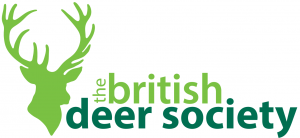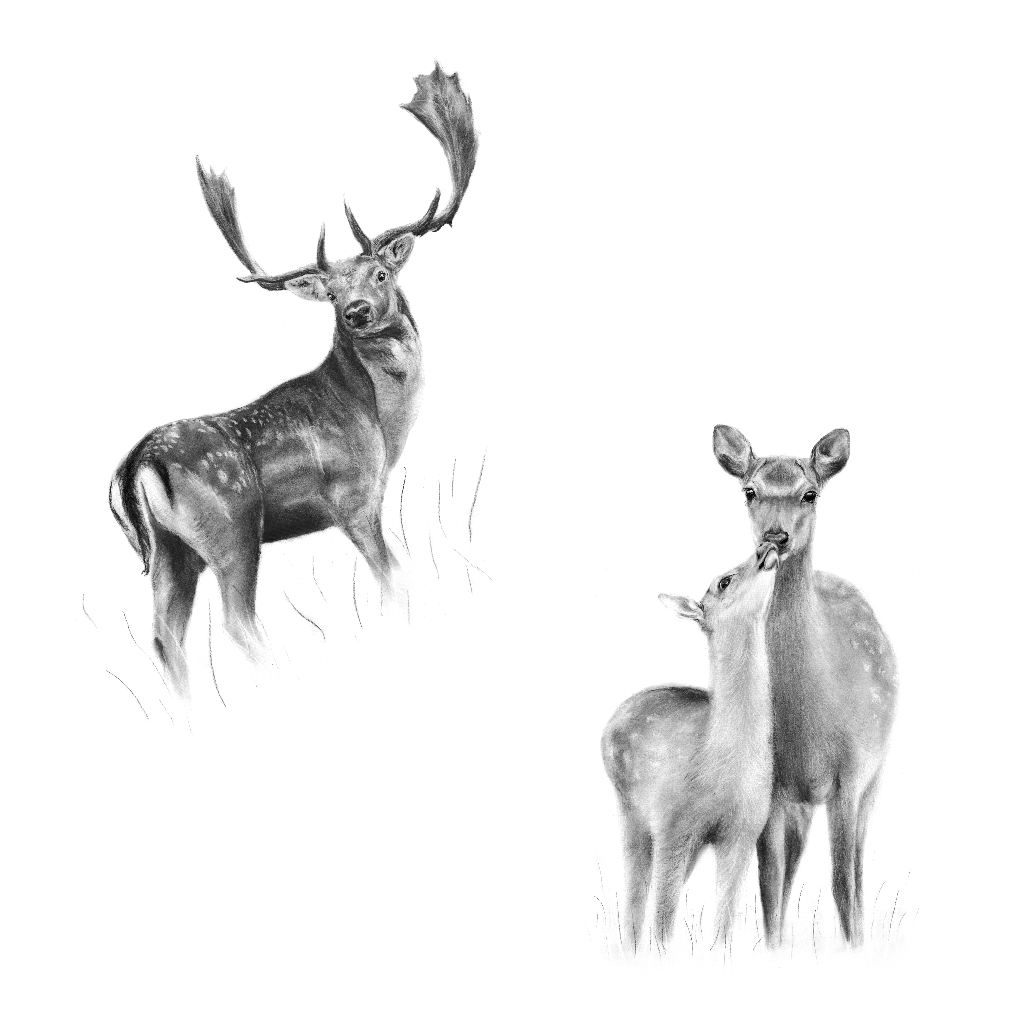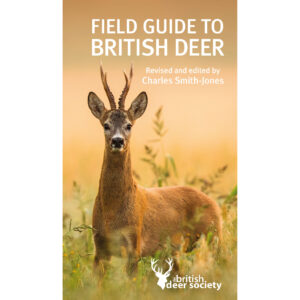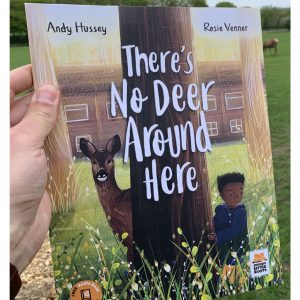The Increasing Pressure of UK Population Growth on Deer
Share article:
Article by:
Threats to Deer , Welfare and Ethics, British Deer Society
The Increasing Pressure of UK Population Growth on Deer
Britain’s natural landscapes, renowned for their scenic beauty and biodiversity, face unprecedented challenges due to a rising human population and expanding infrastructure. Among the species impacted by these changes are deer.
Contrary to the decline experienced by many species, deer populations in the UK have been increasing. However, this growth brings its own set of challenges that require careful management to ensure that both deer and human activities can coexist sustainably.
Historical Context: Land Use and Biodiversity Loss
The UK covers approximately 60 million acres, with land use divided into various categories, the main ones being 3.1% for agriculture, 20.1% for forestry, open land, and water, 8.7% for developed areas, and 4.9% for residential gardens.
Historically, the UK’s landscape has been significantly altered. The mid-20th century saw dramatic changes as land was converted from semi-natural habitats to cropland and improved grasslands to support a growing population.
Recent studies, including those by Northumbria University, reveal that 90% of lowland meadows and pastures have been lost since then. This extensive habitat loss has contributed to a 19% decline in the abundance of UK species since 1970, with many species now threatened with national extinction.
Current Pressures: Population Growth and Infrastructure
The UK population is projected to grow by 6.6 million people (9.9%) between mid-2021 and mid-2036, increasing the demand for housing, transportation, and resources. This growth will likely exacerbate habitat fragmentation and intensify human-wildlife interactions.
The length of roads in Great Britain has increased to 245,700 miles as of 2023, with significant portions cutting through rural and semi-rural areas. This expanded road network increases the risk of deer-vehicle collisions, a leading cause of death for deer. With 41.4 million licensed vehicles in the UK, including 33.73 million cars, the risk of collisions is considerable and on the rise.
The Impact of Human-Made Hazards
In addition to vehicle collisions, deer face numerous hazards from human activities:
- Fencing: Deer can become entangled in electric fences, barbed wire, netting, rope and other barriers leading to injury or death.
- Dog Attacks: Uncontrolled dogs (often off-led) can pose a serious threat to deer, often resulting in injuries or death.
- Pollution: Plastic litter and other food and non-food waste can be ingested by deer, causing serious health problems.
- Overpopulation: High deer densities can lead to problems including malnutrition, disease spread, and ecological imbalances.
- Winter Deaths: Harsh winters and low-quality forage can naturally impact deer health and survival. However, this risk increases if preceding months have made it difficult for deer to lay down the survival reserves needed for the harsh winter months due to repeated disturbance by humans.
- Harmful Interaction: In addition to the more obvious harmful human interactions involving wildlife crime which includes coursing and poaching, inappropriate feeding and attempts to get to close to or pet deer can also cause significant harm to deer leading the life threatening health problems and dangerous behavioural changes.
Balancing Deer Populations and Habitat Management
While deer populations are increasing, this growth should initially be viewed as a management challenge rather than an outright problem. Effective deer management requires understanding the ecological context and balancing human needs with wildlife conservation. Overgrazing by deer can affect woodland regeneration and impact carbon sequestration efforts, highlighting the need for thoughtful management strategies.
The Way Forward: Sustainable Coexistence
Addressing the pressures on wildlife, including deer, requires an integrated approach. Sustainable land-use planning that considers wildlife corridors and habitat connectivity is essential. Public awareness and education are key to reducing human-wildlife conflicts, such as vehicle collisions and other harmful interactions.
The ongoing research and historical data, such as those from the Northumbria University study, highlight the need for effective conservation strategies. By understanding and managing the interactions between human activities and wildlife, we can work towards a future where both can thrive. Balancing the needs of a growing human population with the preservation of our natural environments is crucial for ensuring that the UK’s wildlife, including its thriving deer populations, continues to play a vital role in our shared landscapes.
passionate about protecting deer
If you are passionate about protecting deer populations and supporting sustainable deer management practices, consider joining the British Deer Society (BDS). Your membership helps fund vital research, educational initiatives, and conservation efforts across the UK.
Alternatively, you can make a donation to help us continue our work. Together, we can make a difference.











